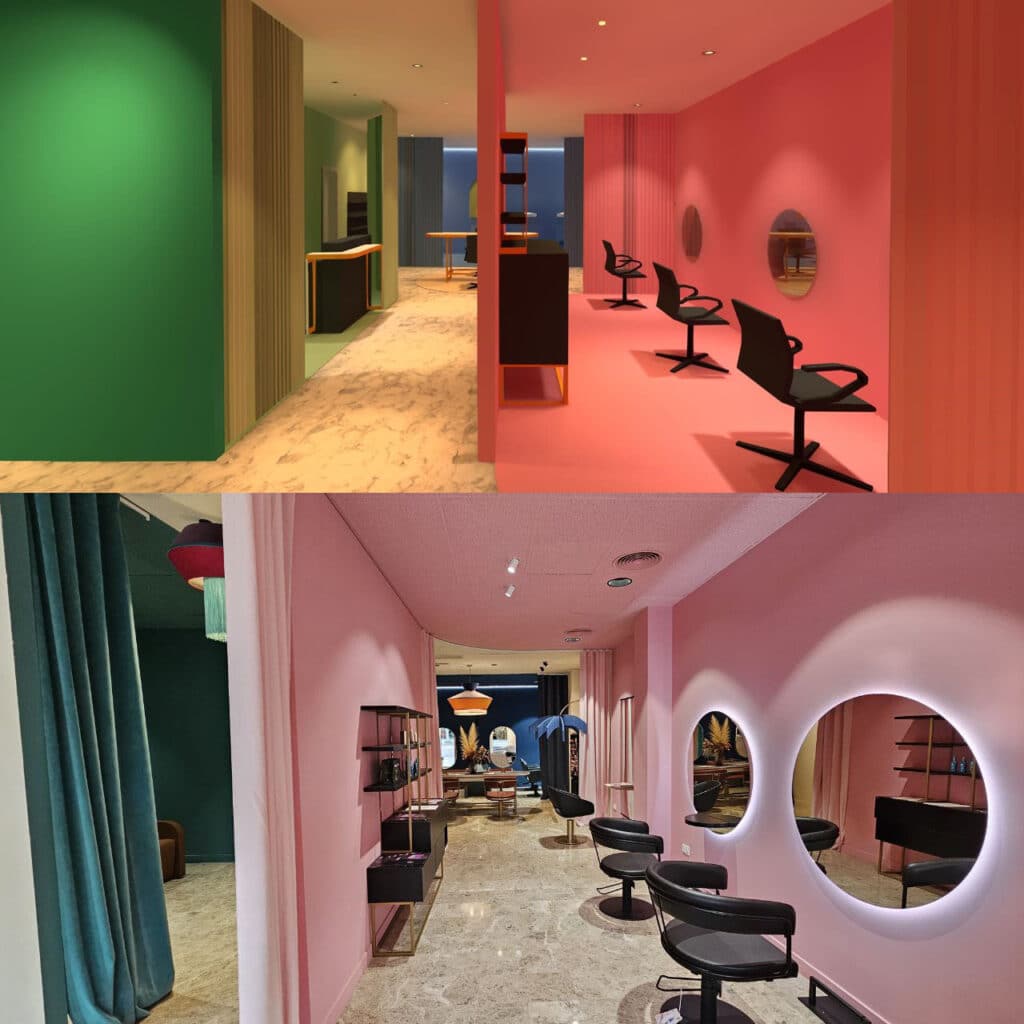While we talked about the figure of the lighting designer – who was unknown to many of you, but is crucial to the successful completion of each and every project in which lighting is essential – in previous posts, today we’re focusing on lighting projects.
To explain things better, let’s divide it into different recommended stages you can follow when developing a project.
1 – Initial meeting
Each project is unique. One of the most common errors is thinking that once you’ve done one project, you’ve done them all. Nothing is ever as easy as it seems.
Firstly, you should meet the client or ask for all information possible in order to establish a general overview and as detailed a picture as possible of the space so you can start designing the concept the project will revolve around. Without this initial meeting, your work could end up worthless if the information you receive is particularly skewed or distorted. Information is power. Don’t be scared to ask questions.
2 – Requirements and regulations
Although projects that don’t need to comply with a series of regulations are sometimes developed (we’ll discuss them in another post), you must know if the space in which your project is to be developed is subject to mandatory regulations, where you will be forced to comply with a series of requirements or parameters, such as the average or minimum luminosity, uniformity, UGRetc. You must always know who are the usual users the space because they may need values that are higher than normal or, for example, a UGR below that required by regulations. Once again, every project is unique.
3 – Economic factors
Of course, you also need to know the estimated budget set aside for your project. That will give you a general idea of which product fits best. Often this part of the project is misunderstood or misinterpreted. It’s not about who has more or less money, but rather about how much is to be allocated to lighting which, unfortunately, is always the most affected item when it comes to “budgeting”.
4 – First sketches
Once your information starts to fill out and take shape, you can begin sketches of your different ideas, concepts or scenes you will use to develop the project. These can be in the form of hand sketches or technical drawings, renderings or lighting design programmes, such as Dialux. We recommend you hold a second or third meeting with the client after creating the first sketch. This will give you an idea as to whether you’re on the right path. The frequency or number of these meetings will depend on the degree of freedom entrusted to you.
5 – Multidisciplinary team
We mustn’t lose sight of the fact that a lighting project affects other professionals and stages in the creation of a space. I believe good communication with the architect, interior designer, engineer, builder, installation technician and others is key. Make sure you take into account installation plans to avoid any unpleasant surprises.
Communication between professionals must be fluid and constant.
6 – Selecting luminaires, calculations and lighting tests.
Once you get to this point, you can select the luminaires that best fit the space, concept and budget, begin your calculations (not always necessary) and, if possible, we recommend you perform lighting tests. It wouldn’t be the first time we’ve selected a luminaire for a space thinking it was the best choice but, once installed, it didn’t meet real needs.
7 – Final visit
If you’re someone who likes to keep up with every project’s development, then you’ll likely pay a visit after it’s finished to check everything turned out as expected. If you don’t usually do this, start now. There is something to be learned from every project and you can always try to improve or repeat things on the next one.
Just like we’ve insisted that each project is unique, each project development process is too.


